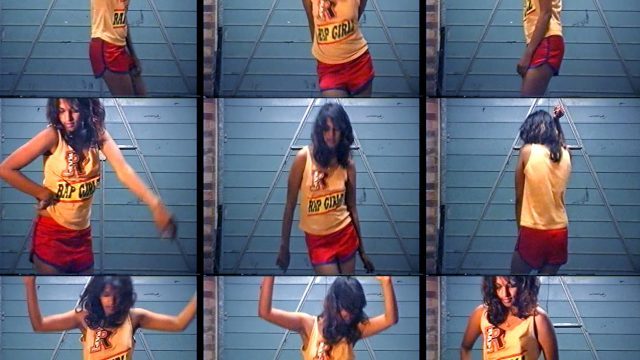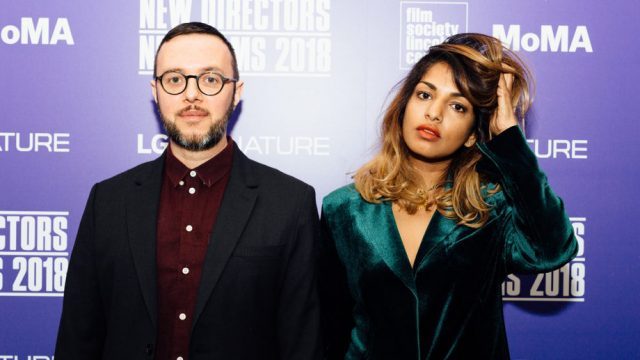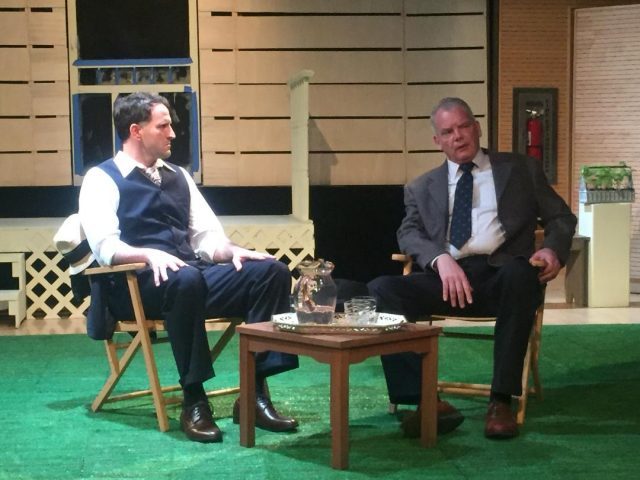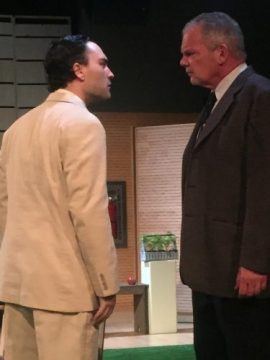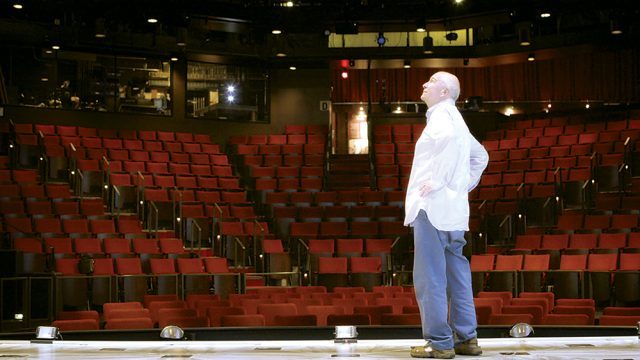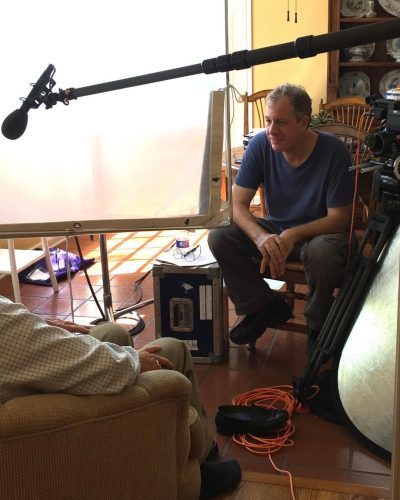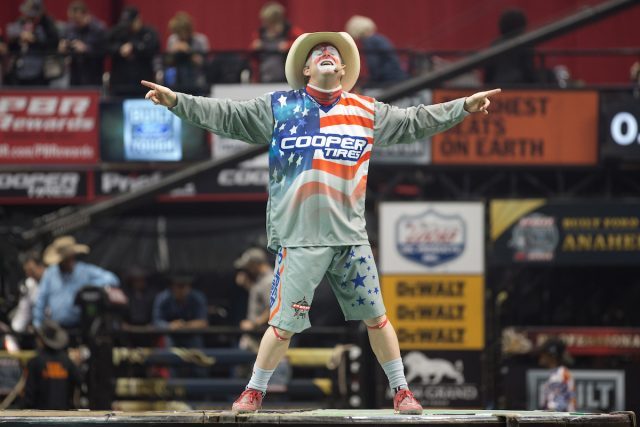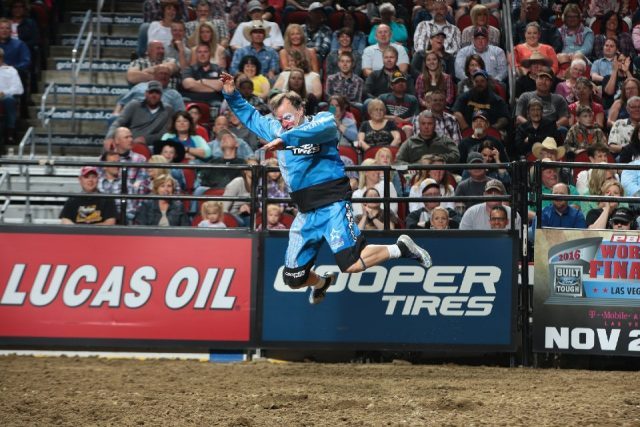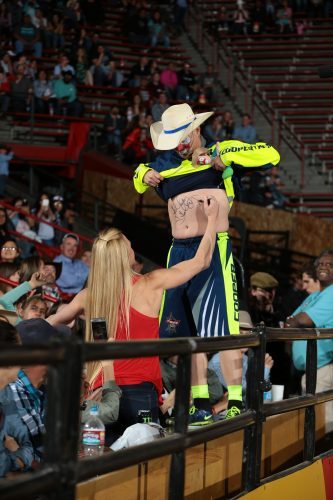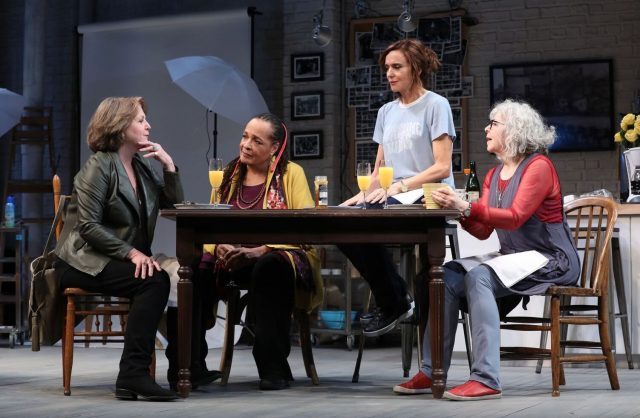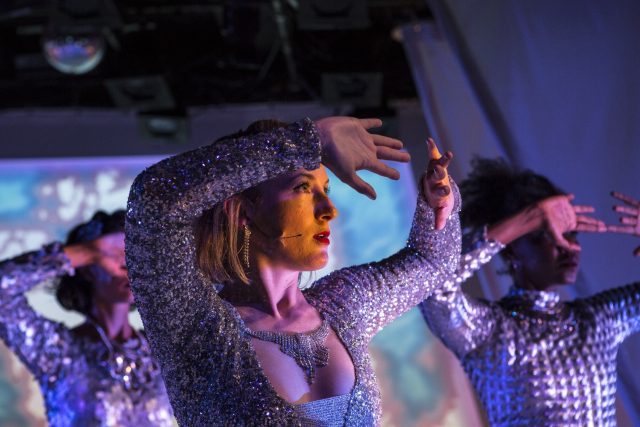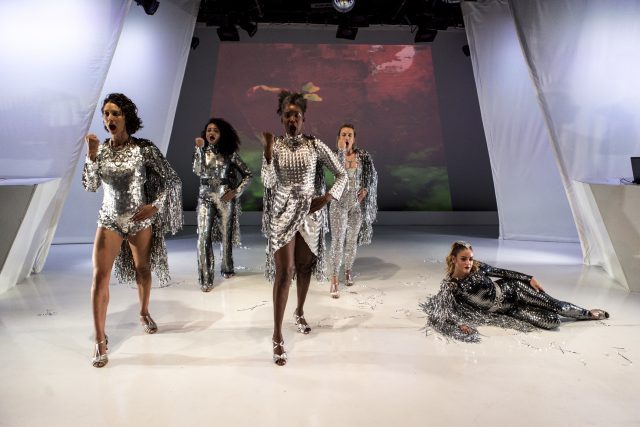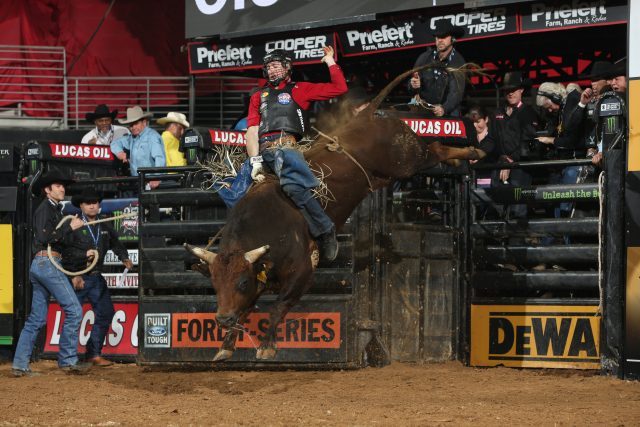
Sean Willingham rides Millennium’s Buck during second round of 2018 Duluth PBR contest (photo by Andy Watson/Bull Stock Media)
PROFESSIONAL BULL RIDERS MONSTER ENERGY BUCK OFF AT THE GARDEN
Madison Square Garden
31st – 33rd Sts. between Seventh & Eighth Aves.
January 4-6, $28-$226 ($506 for PBR Elite Seats)
www.pbr.com
www.msg.com
When twi-ny was first offered the opportunity to interview PBR veteran Sean Willingham, the focus was going to be on his farewell tournament, the Professional Bull Riders Monster Energy Buck Off at the Garden January 4-6. After a storied nineteen-year-career, the eight-time winner and twelve-time world finalist was hanging up his boots. But a funny thing happened on the way to the World’s Most Famous Arena: Willingham has had such a productive season that he changed his mind. “I am just old,” he told PBR.com in November 2017 when he announced his retirement. “I have been riding bulls for a long time. Man, it ain’t easy. That is for sure. Bull riding is all I have ever known since I was fifteen years old. I live, breathe, and sleep it. It is hard to realize I am going to give it up.”
The thirty-seven-year-old Willingham, who was born in Norman, Oklahoma, and raised in Georgia, where he still lives, has suffered such riding injuries as a cracked skull, a dislocated hip, a torn groin, and a broken neck. So no one was shocked when he called it quits so he could spend more quality time with his wife, Kayla Leigh, and their two young children, daughter Lani and son Conlee. But then came the 2018 season. “I definitely want to go out on top; who knows what the year brings. This may be the best year I ever have. I don’t know. Nobody knows. Only time will tell,” he told PBR.com last November. Time has told, so Willingham is sticking it out for at least one more campaign and discussing with twi-ny what his suddenly different immediate future holds in store for him.
twi-ny: Last November, you announced that this would be your last PBR season. How has the year gone?
Sean Willingham: The season went very well, with no surprises. I accomplished everything I wanted to, including making the PBR World Finals, the richest and most prestigious event in our sport. I had such a good year, I decided that this will actually not be my last PBR season. If the Rolling Stones and the Who can retire and unretire, so can I, right? I’m going to ride for another season to see if I can have an even better one than my comeback year in 2018. My goals are, first of all, to win New York City, and then qualify again for the World Finals in Las Vegas in November and win the Finals event. Ultimately, I want to win the world title. If you don’t think you can win it, you shouldn’t be in it.
twi-ny: The Duluth competition in March didn’t go quite as planned. What was that experience like, in what you thought was your last event in your home state?
SW: The experience was good; a lot of fans were there. It didn’t go as good, but I love Georgia and the fans. But now that we’re going another year, I’m pretty excited to be competing in front of my home-state crowd again with another chance to win the event for myself and the people in Georgia. The hardest place to win is in your hometown.
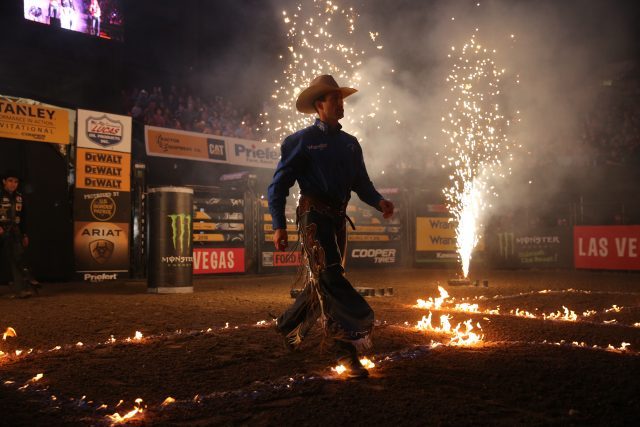
Sean Willingham is introduced at third round in Billings during PBR twenty-fifth anniversary season (photo by Andy Watson/Bull Stock Media)
twi-ny: You initially chose Madison Square Garden as your farewell appearance. Why New York City?
SW: I originally chose New York City because of the history of Madison Square Garden and what it’s known for — championships, legendary concert performances, even event rodeos back in the ’50s. The atmosphere is totally different here, and the fans are great to us. They love a good show, and PBR is a great show to watch. New York fans are very involved and feed off us riding. The Garden would be a great place for athletes in any sport to finish their career. You know, I’ve never won this event; 2008 was my best year, finishing fourth, and ten years later I’m still here competing. And twelve years ago, I was here to introduce our sport to New Yorkers. Nobody expected to see bull riding in New York City. We even set up an arena on Broadway in the middle of rush hour, which made all the commuters stop and check us out. Every year since, it’s been a little more successful and keeps growing and growing.
twi-ny: Will you be able to perhaps spend some extra time in New York as a tourist, and if so, what will be on the agenda?
SW: I plan to see the sights. We’ll probably do a little touring after the fact. I am going to go see the Statue of Liberty and hopefully some late-night shows. I don’t know if they’ll be coming or not, but the kids want to go see the World Trade Center Memorial. We’ll probably do some shopping and also go to Central Park and feed the ducks. I’d love to go to Rockefeller Center and put on some ice skates.
twi-ny: You’ve spent more than half your life as a professional. When you started as a teenager, did you think you’d still be riding more than twenty years later?
SW: Yes, I sure did. I knew I was too lazy to work and too scared to steal! Joking aside, I definitely figured I would still be riding, but not at this level of competition. I’ve been fortunate enough to stay at the top for this long, which is very unheard of in the sport of bull riding. They say I’m the longest-tenured rider at the top of the PBR. That means a lot to me. With all the injuries that can happen in this sport, most people don’t last more than ten years at this level; luckily for me I’ve been able to keep my body in a good working manner to stay competing.
twi-ny: When you thought this would be your last season, what did you envision doing next? I’m going to assume it wasn’t going to be something in which you could suffer such injuries as a broken neck, which you did in 2015 in Montana.
SW: Well, you can break your neck getting hit by a car crossing the street. But to be fair, I guess the big difference is the car then won’t chase you down like in bull riding.
twi-ny: Will you be continuing the Sean Willingham Invitational?
SW: I’ll still be promoting my event, running my pressure-washing business, and hopefully doing some work on the television side of things for PBR, commentating at the events.
twi-ny: What about golf?
SW: I plan on playing a lot of golf, that’s for sure! I’m looking forward to going to ball games with my kids and watching them grow up, helping them and supporting them in whatever they decide to do.
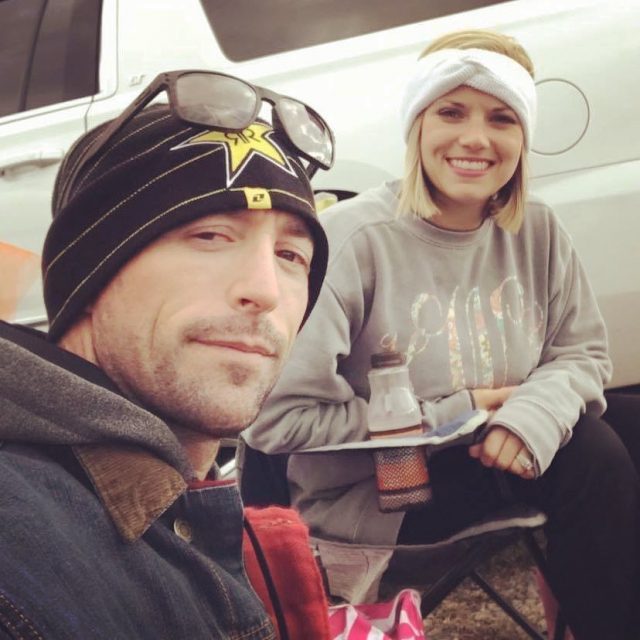
Sean Willingham and his wife, Kayla Leigh, enjoy a relaxing moment away from the bull ring (selfie by Sean Willingham)
twi-ny: When you do eventually retire, are there any specific bulls you’re going to miss?
SW: I’m going to miss SweetPro’s Bruiser. His ability to buck at the top of his game for three years is incredible. It’s the same for him as it is for me as a rider; to be able to perform as long as he has and be the Bull of the Year the last three years like he has is pretty impressive.
twi-ny: What is your favorite memory from your PBR career so far?
SW: My favorite memory is winning Duluth in 2014. I had been competing at that event for twelve years before finally winning it in my home state. The hardest one to win is in front of everyone who has such high hopes for you.
twi-ny: What will you try hardest to forget?
SW: The hardest to forget is a tough question. Sleepless nights and breaking my neck are two of them, along with a long list of other injuries I have had to deal with throughout my career, including having six anchors put in my groin to reattach it to my pelvis. Other than that, there’s not really much in this sport I don’t want to remember. I enjoy all of the memories and opportunities this sport has given me.
twi-ny: You enjoy water sports, and you recently went on a cruise with your wife and kids. How was that?
SW: The cruise was good. We got to experience our first hurricane on the boat, going right through Michael. But the cruise was very enjoyable, very relaxing, and I love the Grand Caymans.
twi-ny: What other family-friendly things do you expect to do once your career is over that you couldn’t do while on tour?
SW: I want to show up at more games my kids are involved in, more cheerleading competitions that my daughter does, and play more golf with my friends. And most importantly take my wife out on a date.
